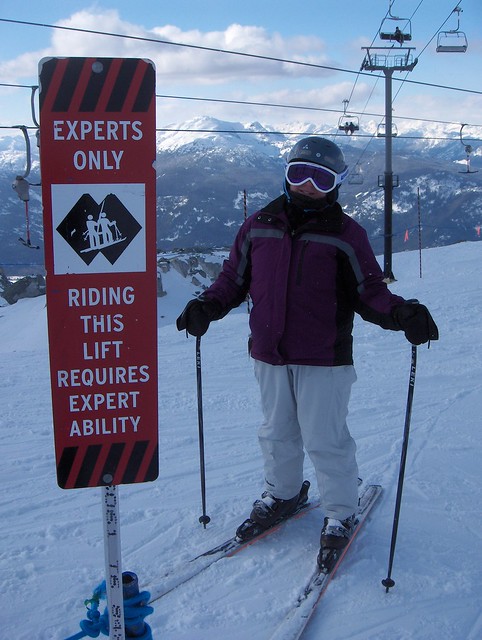
There's some confusion and
discussion around the term "
knowledge asset"
Here's my take
A Knowledge Asset is a single set of documents, or a single document, containing compiled, structured and validated guidance on a specific area of practice.
·
The key aspects of K Assets are that they are
o
Validated (by a process owner, practice owner or CoP)
o
Collated (from may sources)
o
Structured (in the most
useful way for the reader)
o
Contain Guidance – tells the reader how to perform a task or a practice. They are Know-How, rather than Know What. So Wikipedia, for me, is not really a Knowledge Asset.
·
Knowledge assets are likely to include
o
Process documents
o
Guidelines
o
Checklists
o
FAQs
o
Templates
·
Knowledge assets will not include
o
Project documents (unless they are selected by
the practice owner as being a very good example that others should follow)
o
Contracts (unless they are selected by the
practice owner as being a very good example that others should follow)
o
Cases (unless they are selected by the practice
owner as being a very good example that others should follow)
o
Lessons learned
o
Job descriptions
Knowledge Assets
o
Could be on a wiki (supported by a folder where
linked files can be kept)
o
Could be on a portal (with different parts of
the asset being files in the portal eg guidleines, templates, examples)
o
Could be a document
o
Could be a book
Could be expressed as
o
Procedure
o
FAQ
o
Checklist
Could be structured by
o
Practice/topic taxonomy
o
Steps in a workflow
· Knowledge assets may be linked to training
material
Here's a fantastic Knowledge Asset for new soldiers deploying to Afghanistan - its a book, it's structured by topic, and it's written as checklists. It's validated by the Center for Army Lessons learned, it's collated from many sources, and structured so as to be of maximum help to the reader. If I was deploying to Afghanistan, I would read this cover to cover, several times.
Here's another great Knowledge Asset for small businesses in the US. It's a website, it's structured by topic, and it's written as guidance, with added tips and hints. It's validated by the Wall Street Journal. Again - very useful. If I were starting a small business, I would be very interested in guidance from the WSJ.
Now we all know that a Knowledge Asset on it's own is not a complete
Knowledge Management solution. Far from it. The Knowledge Asset can codify, structure and store the core explicit guidance, but can never capture everything you need to know, at every level of detail. The soldier deploying to Afghanistan, and the entrepreneur in New York starting up this own small business, will also need to find other sources of guidance, and to ask forums, communities, experts and mentors for the next level of detail.
But the Knowledge Asset gives you a start, introduces you to the complexities of the topic, and may point out some of the things that you don't know that you don't know, and therefore might never think to ask.
So what knowledge assets would be avidly read by the people in your business? A guide to starting up a new project, perhaps? The "first 100 days" of new-country entry?
 There are generally two types of actions that come out of lessons learned reviews.
There are generally two types of actions that come out of lessons learned reviews.








